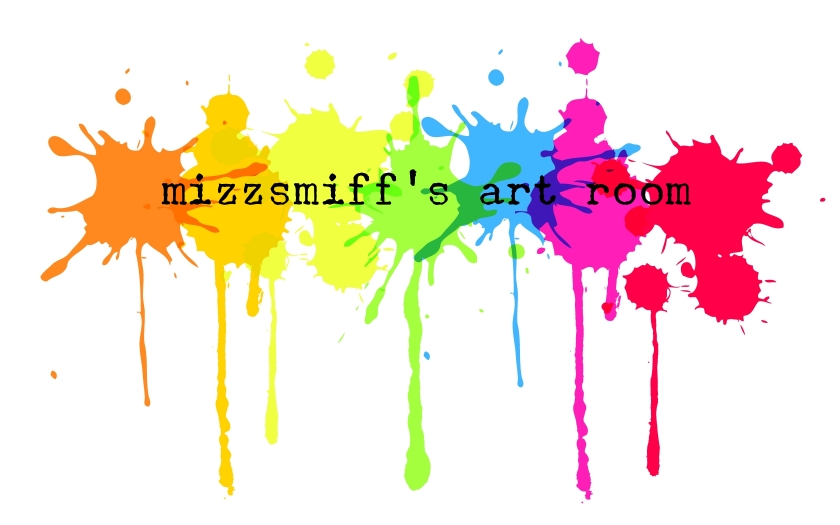This is my life now. It's Sunday afternoon and I'm looking for images to use for buttons on my Canvas courses that I have to have finished before Friday. It's easier for me to make transparent backgrounds and download and cut and paste on my mac than it is for me to do on my chromebook at school so I am trying to anticipate what I might want or need tomorrow morning. I just got out of the shower and I'm in my jammies but I am looking for fun clothes for my bitmoji to wear. Sigh. Actual clothes are not looking too good for actual me today.
School started back for teachers officially on August 7th this year. I went in a couple of days earlier that week to pack up my classroom as I was told that I, like all the other exploratory teachers on my hallway, would have to make room for the fifth grade teachers who would be moving up to the middle school to make more room for social distancing in their respective elementary schools. After I came out of shock from the disbelief of being displaced from my room and being overwhelmed from the thought of packing up and moving 15 years worth of art teacher stuff, I tried to get my head on straight and deal with it. We are all making sacrifices this year for sure.
My county in NC has decided to go with a hybrid model of returning to school dubbed 'Plan B'. For middle school, that means that we will have 3 separate groups of students. Group A students will come 1 week, while Group B students will be learning online from home. When Group B students are F2F in school, Group A students will be learning online from home. Group C students are 100% virtual. Along with other measures put in place such as all students staying in one room while teachers move from class to class, scheduled breaks for bathroom and water and a shortened school day, we are hoping that this keeps all of us safe and well. For me and the exploratory team, this means that our classes are 100% online and we will be 'seeing' our students during their 'virtual' weeks via Canvas.
OMG. Canvas, y'all. Not gonna lie, I've been a Google Classrooms girl for the last few years and I sort of dug my heels in about Canvas because IF IT'S NOT BROKE DON'T FIX IT and Google Classrooms was perfect for what I needed it to be. But the powers that be have decided that we needed to use one online platform and be consistent across grade levels, the county, apparently the state of North Carolina and what seems to be the entire U.S. of A and rightly so. I mean, parents. You poor things. At least we get an inservice or two. But why oh why didn't I buy stock in Instructure, the parent company of Canvas I am just sayin.
BUT holy cow the learning curve on this thing is steep. I'm not a complete idiot. I used to be the 'Webmaster' at my old school when the internet was still a baby and we thought life was great when we got T1 lines installed one summer. I think I might be on the upside of it but all I have to say is thank goodness for YouTube Videos, Message Boards, and friends who are just a text away, or down the hall or across the classroom. There have been so many questions and a lot of uncertainty.
But y'all. I am kind of excited. I have the best principal in the world and he is letting me teach different this year. I had this idea in the spring when life was crazy and we didn't know what end was up and I was churning out projects for my kiddos to do on a daily basis that it would be super cool, if in the fall we didn't go back to school in a normal way (little did I know) that instead of teaching straight 6th, 7th and 8th grade art online, that I could teach courses that fit easily into an online model. So, I will be teaching Photography, Anime' and Digital Art, Drawing and Crafts. Students get to choose which section they want to be in for the semester and hopefully this will motivate them to participate, which we all found to be an obstacle this spring. I hope that I will be able to share some great success with this new project of mine and that I will have made some lemonade out of the lemons we've been handed this year.
Like I said to some of my colleagues earlier today, none of us chose to be in this mess that we are in right now, the least of all our students. I am bound and determined to give them the best experience they can have in this weird year that 2020 has turned out to be. All I can ask is that you wish us well, send out some good vibes to the universe and say a bunch of prayers for us all. We are going to need them, along with your support and a lot of grace. We are all going to be first year teachers and administrators tomorrow (and in the next coming weeks), even those of us with 30 years of first days behind us.




















































